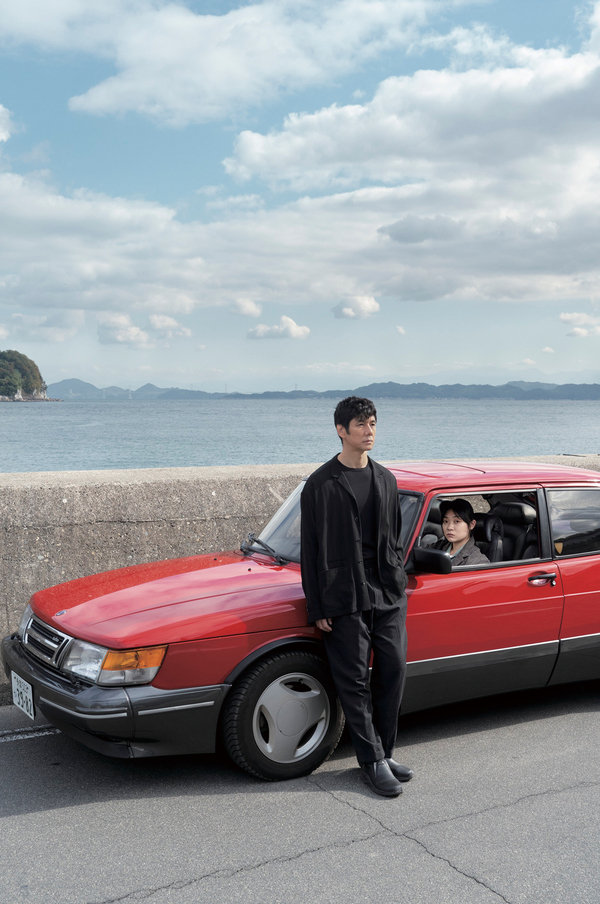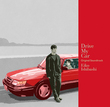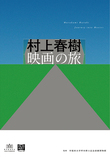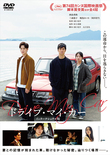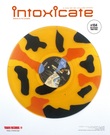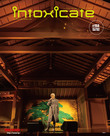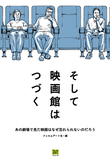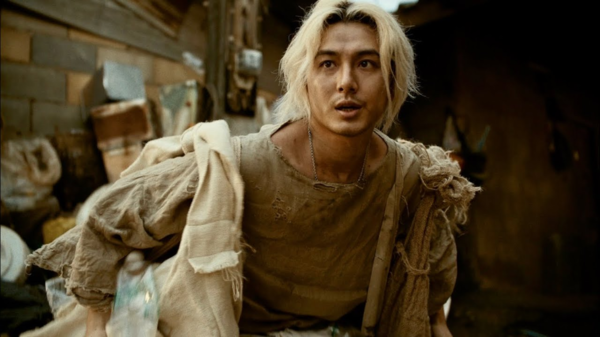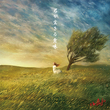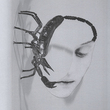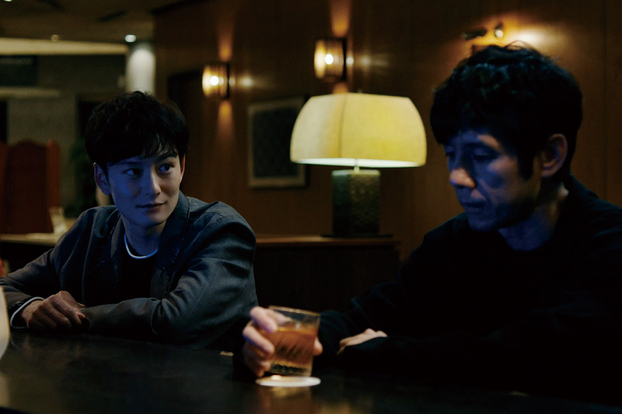
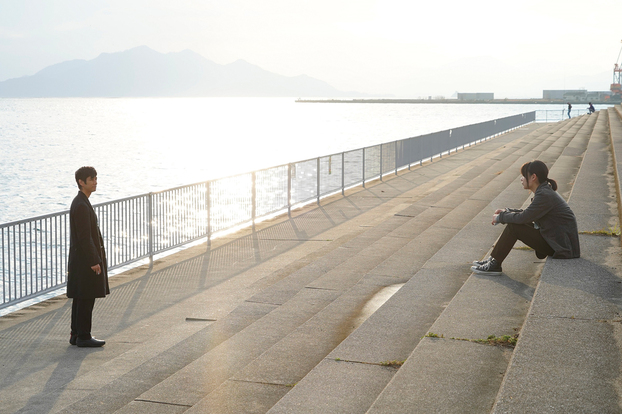
Drive My Car is the movie of the voices. The main story which describes two years after (her death) momentarily inserts the deceased appearing only in a nightmare of her husband. However, she surely controls the whole story as the center of absence, which means a spell of her voice. Her voice is simply, a recorded voice on the cassette tape. The tape is titled as “Oto (=sound)”, her first name, which is only given in the movie, and records her narration of the texts from the play of Chekov’s, Uncle Vanya. We hear it from the beginning, and there after it appears intermittently. Kafuku makes it a routine to listen to the tape repeatedly whenever he drives before her death and after, too. Her emotionless, toneless voice creates a sort of cool or ominous atmosphere. The main story of two years after shows how Kafuku directs the stage of Uncle Vanya commissioned by Hiroshima Drama Festival. There at the rehearsal of script reading, it gets clear that “better performance is not the issue. Simple recitation is enough” is the method of Kafuku’s and probably that of Hamaguchi’s. The emotionless voice heard there seems to try to become of a reproduced voice, over relentless iterations.
Hearing the voice of the deceased all the way, we have no choice to think of what is “voice”. It would be something which confuses the concepts of territory and identity. Assuming that everybody shares this feeling, I hate to listen to my own recorded voice. For instance, it is painful to force myself to listen to it many times to write down the interview I did to someone else. Although I understand this is a part of my job, I always don’t want to do this. I can not deny its identity, and still it is hardly acceptable as my own. This awkward feeling derives from the otherness of which the recorded voice become. Mechanical reproduction of voice acquires the autonomy of itself. My voice turns into the other. Naturally, hearing my own voice is an odd experience. The movie is controlled by “Oto”, the sound of voice. From the beginning, this situation never changes even after her death. That proves the physical death literally gives rebirth each time her voice on the tape is played back. A reproduced voice is the other’s, and it will survive regardless of her death, its original owner. In Hiroshima, too, Kafuku and his substitute driver, a young female hears the tape, which haunts and puts a spell on them like a ghost. Like the signature which a high school girl left behind in the room of her first lover. Who is the owner of this voice...?
Gilles Deleuze remarked upon the transformation of the cinema created by voice added to the silent picture. “It was inevitable that the talkie took what appeared to be the most superficial social forms as its privileged object: encounters with the other, other sex, other class, other region, other nation, other civilization. The less of a pre-existing social structure there is, the better is revealed, not a silent natural life, but pure forms of sociability necessarily passing through conversation.”1 So “...the specificity of conversation lies in its redistributing the stakes, and its initiation of interactions between supposedly dispersed and independent people who pass through the scene by chance.”2 And then the specificity of conversation in cinema is, “...interaction between separated people, or within one and the same person, which is the model of conversation.”3 Drive My Car represents a generating process of the multilingual play by multinational actors, actresses, and a deaf-mute Korean actress with sign language. It goes without saying that there is no structured social form among them, and it could be said that the play rendered in this work is employed to show the less of a social structure, or pure forms of sociality. It is wrong to suppose conversation in terms of joined or linked. Relations = interactions coincide with conversation, and we are to witness in this work pure forms of sociality through conversation. The reproduced voice and texts of the play recited by performers are the others, or the encounter with different civilization, and initiate “interactions between supposedly dispersed and independent people who pass through the scene by chance.”4 With all these remarks I made, I want to commend and emphasize that this movie, which is based on short stories by a modern Japanese novelist of international fame, is still exciting and modern even with a lot of quotes from the masterpiece of a Russian novelist, written in the end of the 19th century. According to Deleuze, “What cinema invented was the sound conversation which, until then, had escaped the theatre and novel alike.”5
Can people appearing on the movie, escape from the spell of voice? In a sense, the answer is yes. At least. they are free from mysteries and secrets of the voice, mystification of it. However, in another, or rather essential meaning, surrendered to the voice without mysteries and secrets, we have to survive with it. This movie finally would realize an amazing resonance with the ending of Chekov’s play. In Sonya’s reply to Vanya, an elderly man, with so much despair of his life, who lamented how painful his life has been, She says; “Yes, we shall live, Uncle Vanya. We shall live through the long procession of days before us, and through the long evenings; we shall patiently bear the trials that fate imposes on us; we shall work for others without rest, both now and when we are old.”6
This greatness without greatness, of a plain and transparent statement, not mediated by any mysteries, secrets, or mystifications. Fascinating aspects of the movie, as events, where its texts transform into the sound conversation, diverges, and varies...
1. Gilles Deleuze, Cinema II (Bloomsbury Revelations), p. 236, translated by Hugh Tomlinson and Robert Galeta, Bloomsbury Publishing. Kindle Edition
2. Ibid., p. 237
3. Ibid., p. 236
4. Ibid., p. 237
5. Ibid., p. 237
6. Anton Chekov, Uncle Vanya, translated by Marian Fell for Open Road Integrated Media, NY

